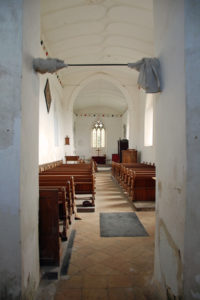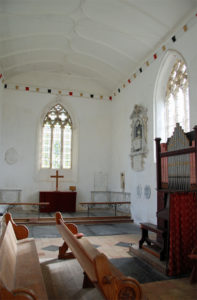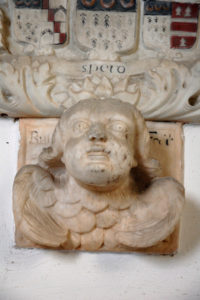Beeston St Lawrence
















































































































St Lawrence's church in Beeston
Where to find this church
Church Information
St Lawrence’s church is located on the B1151 Wroxham to Stalham road, about halfway between these villages.
This church is usually open to visitors
* denotes external links that open in a new window
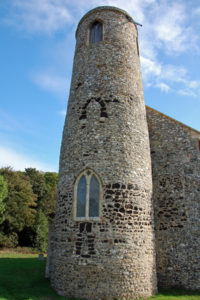
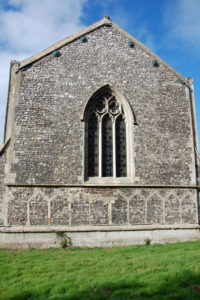
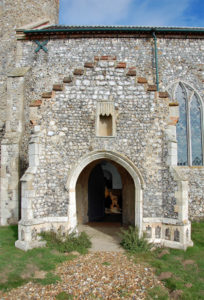
Visiting Beeston St Lawrence
St Lawrence’s church in Beeston is a famous landmark when you drive along the B1151 Wroxham to Stalham road. It is always open, and therefore one of the churches it is always a pleasure to visit. The rough dark brown stone-work shows the extent of the early church here. The lowest part of the tower has layers of this ferricrete with not many flints in the fabric, then the next stage is mostly flint, but it encloses three now-blocked windows or maybe belfry openings, framed with ferricrete. Above this the 11th century tower has been added to in the 14th century with a new belfry. There is another blocked window or niche, again framed with ferricrete, below the present 14th century west window. On the north side of the church, the extent of the first nave wall is clearly indicated by the flintwork including pieces of this ferricrete, and the early north-east quoin is marked by a vertical line of the material.
The east wall of the chancel has a deep band of wide-arched flushwork across its lowest level. This has been dated to about 1300, some of the earliest of this form of decoration, where cut flints are set into stone patterns.
The south wall was moved four feet further south, probably in the 14th century, to make the nave larger. This is why the tower has more west nave wall to its south, and the tall tower arch inside is not central to the west wall.
There is a brick-blocked window on the north side of the church, and all the rest are large with Decorated tracery of the 14th century. The south porch was rebuilt in 1803, and its front face is mostly made of cut white flints, below a stepped gable. It has a frieze of trefoil-headed flushwork panels at its base.
This church is no longer in regular use, but still has things of interest inside. The nave has a plastered white coved ceiling, done in 1803, when the whole church was given a “Gothick” interior which was fashionable at the time. On the north wall are large hatchments, painted with heraldic shields. These were used in the funeral processions of important people, and were then hung outside the home of the deceased for a time, before being given to the church for permanent storage.
The chancel is full of memorials and ledger stones for the Preston family. The Prestons bought the Beeston Estate in 1640 and stayed there until the end of the 20th century. Their shield is of ermine tails with a top black band on which are three silver crescents. Beeston Hall, built in 1786, can be seen across the fields to the south-east of the church. The church was thoroughly renovated a couple of years ago, and is now in an immaculate state.
Conclusion: Open church with a lot to see, and always a pleasure to visit
